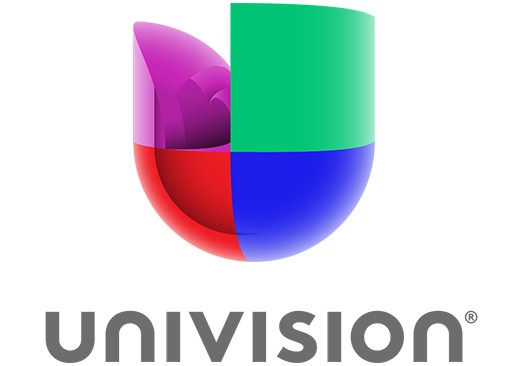Chiqui Cartagena, the vice president of marketing for Univision, recently gave the keynote speech during Reynolds Week where she talked about the rising economic power of Latinos in the U.S.
She noted that the growing Hispanic population in the United States is set to shape businesses and the country’s economy in a big way over the next 50 years. And yet, that is really hard to see by looking at the current state of the entertainment industry.
When Juanes performed at the Grammy awards last Sunday, it was the first time in nine years that someone had performed a song in Spanish on the broadcast.
The last people to do so, were Jennifer Lopez and Marc Anthony, who were already very famous for their English-speaking work.
What’s more startling to note, is that Juanes has two Grammy awards, and 20 Latin Grammys, and it is probably safe to say you still haven’t heard of him if you only listen to Top 40 music stations.
Even though he and Romeo Santos heat up the Latin music charts, they’ve yet to cross over into the mainstream U.S. audience (unless you own one of Tony Bennett’s Duets albums or hear Santos as walk up music for a Latino star at a baseball game).
The music that does crossover successfully, is usually more of a blended Spanglish and typically performed by artists like pop artists like Pitbull, Shakira or Enrique Iglesias, who use a smattering of Spanish in many of their songs. Among these artists, the most recent hit is Iglesias’ “Bailando” from 2014, which performed well on both Latin and Top 100 charts.
While the music industry remains separate on this front, the lack of representation for this growing population in Hollywood films and television is even more apparent.
McFarland, USA (starring Kevin Costner and due in theaters this month) is the only movie on the entire 2015 movie release slate that is Latino-centric. That’s it: one movie.
Not to say that there aren’t Latino actors in other films coming out during the course of the year, but those are parts in movies that aren’t focused on showcasing the culture, and they still only make up 4.9% of speaking roles in the films they are in.
This infographic from Fusion does an outstanding job of illustrating the shocking lack of diversity in Hollywood right now.
Cartagena acknowledged this struggle during her speech, saying that much of her time in media has been spent trying to convince execs to “look in their own backyards” for opportunity.
Television is doing a mildly better job of bringing the Latino stars into their mainstream culture, debuting two new shows this year that center around their Latina star. Cristela, which was an almost instant hit for ABC, and the critically-acclaimed Jane the Virgin, which airs on the CW.
The latter stars the charming Gina Rodriguez, who was just awarded a Golden Globe for her portrayal of the titular role.
During her speech she said, “This award is so much more than myself. It represents a culture that wants to see themselves as heroes.” She was not only the only Latina nominated for any of the Golden Globe awards this year, but only the second to ever win the Lead Actress in a Comedy Award trophy (America Ferrera won in 2007).
That said, much of the Latin programming is still airing solely on networks catering only to Spanish-speaking audiences.
Univision remains solidly among the top of the broadcast networks, often ranking high in the coveted 18-34 age bracket. On Super Bowl Sunday, it was number 2 of all the networks in that demo and during November sweeps it was the fourth place network in that demo, outperforming Fox.
These are coveted viewers, and yet the mainstream networks and studios aren’t truly catering to them at all. This is the Millennial audience that Cartagena referred to in her speech, with 29 percent of people in the Hispanic population in that age group, compared with 22 percent in the non-Hispanic white population.
But that change will likely be slow (perhaps tediously slow) to come. There has long been an uphill battle in the media to actually reflect the audience who watches it, whether it be showcasing women, African-American, gay, or Latino communities.
Maybe all these executives need to do is get out of their offices.
Story Ideas:
Why Gina Rodriquez Is the Golden Globes’ Biggest Winner









